- Culture & Travel
Satyajit Ray: His Most Powerful, Feminist Films
- ByTeam The Word.

A still from Charulata [The Lonely Wife, 1964]
Women in cinema, the world over, are having a moment. In the past few years, cinema-goers have been treated to a growing number of films about women, for women, and portrayed from the viewpoint of women (and more often than not, made by women). But, this has not always been the case…in fact, far from it.
Backtracking to the 1950s, women in Indian cinema were portrayed as either long-suffering, sacrificial figures (Mother India, 1957) or pious and virtuous figures (Jai Santoshi Maa, 1975). In many a film, female characters were given purely ornamental roles, treated like simplistic beings or cast only to be used as ‘eye candy’.
Even in the 1960s—when the second-wave feminism movement was gaining momentum in the United States and Western nations—movies based on feminist themes were few and far between.
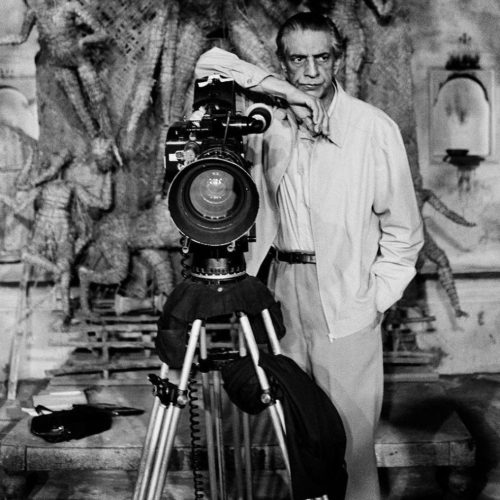
Not in the world of Bengali filmmaker Satyajit Ray—the pioneering filmmaker, whose career spanned nearly five decades, from 1950 onwards. Ray delved into the realm of feminism with a gaze that steered clear of preachy, sanctimonious tropes, instead creating films that depicted strong, complex, and modern female characters with realistic appeal—characters whose stories urged the viewer to challenge societal norms, and whose situations shed light on the prevalent gender dynamics of the time.
Satyajit Ray’s female characters were multifaceted and etched out with care, they stimulated and intrigued. Their motives, incentives, and aspirations panned out through complex narratives, steering clear of the unidimensional approach to character-building and storytelling adopted by many mainstream films of the time.
The Word. revisits seven, celebrated films by Satyajit Ray with strongly feminist themes that have stood the test of time, and continue to inspire and resonate with audiences the world over.
Pather Panchali [Song of the Little Road, 1955]

Satyajit Ray’s directorial debut (and considered by many as one of his finest works) Pather Panchali is based on Bibhutibushan Bandopadhyay’s novel of the same name. The film traces the childhood of Apu and his elder sister Durga, and sheds light on the harsh realities of poverty in rural India. Though it is Apu who is touted as the film’s main protagonist, Satyajit Ray invests equally in the characters of Durga, his sister, and Sarbajaya, his mother. Durga shows dignity and strength of character as she helps him brave several obstacles, while his mother Sarbajaya is presented to us as a seemingly ordinary but surprisingly powerful personality. Left alone to care for her son after her husband and daughter die, the grief-stricken Sarbajaya remains steadfast as she braves the world to support Apu’s dreams.
Devi [The Goddess, 1960]
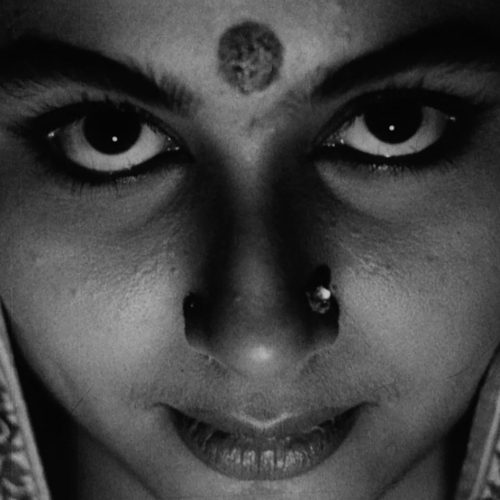
A social commentary that delves into the perils of blind faith and the resulting tragic consequences, Devi revolves around its protagonist Doyamoyee (played by Sharmila Tagore), who is believed to be the reincarnation of goddess Kali. Her husband and father-in-law (a rich feudal landlord) revere her, and she is looked upon to perform a miracle and save the life of a severely sick child Khokha, who ultimately dies due to lack of proper medical attention. Doyamoyee’s mental state unravels and deteriorates, and she suffers a psychological break. With this film, Satyajit Ray critiques the objectification of women and highlights the evils of patriarchal expectations and religious fervour.
Teen Kanya [The Daughters, 1961]
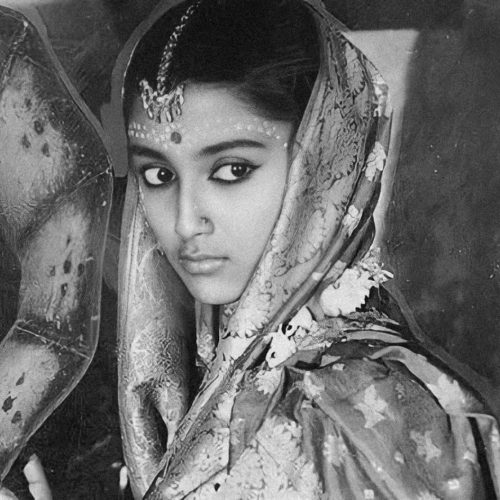
Put forth in three distinct segments, Teen Kanya comprises the stories of three young women from varied socio-economic backgrounds, along with the challenges faced by each character. In the second segment (titled Monihara), we witness the story of a woman haunted by the memory of her husband’s first wife. Throughout the film, the narrative repeatedly questions male entitlement and the silencing of women’s voices.
Mahanagar [The Big City, 1963]
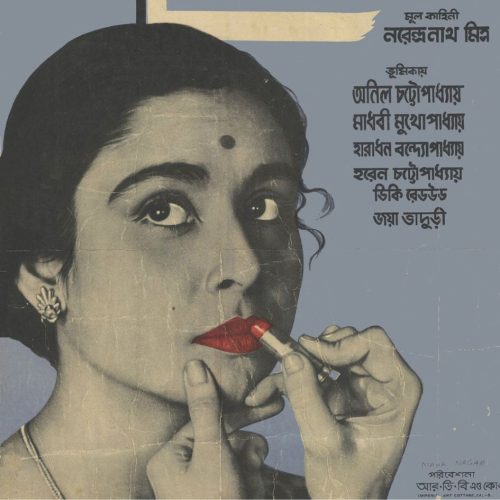
Arguably considered his most feminist work, this film explores the emancipation of urban women in the 1960s through its thought-provoking narrative. The story follows the character of Arati (played by Madhabi Mukherjee) as circumstances lead her to become the sole breadwinner of her family.
Mahanagar deftly portrays the challenges Arati faces as she navigates the urban workforce and breaks away from traditional gender roles. This film brings to light a dichotomy between tradition and modernity in 1960s Indian society, shedding light on the sacrifices women make for their families while trying to pursue their own dreams. Depicted on the film’s posters is the iconic scene where Arati’s liberation is portrayed through the innocent act of trying red lipstick for the first time…an act she considers so daring that she locks the bathroom door before allowing her co-worker to help her with its application. Arati, however, wipes it off her lips immediately after.
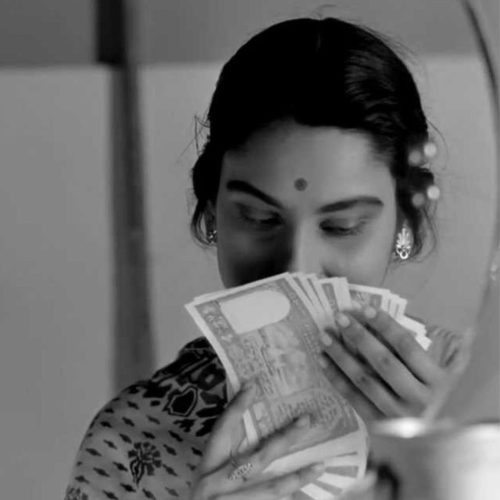
Charulata [The Lonely Wife, 1964]
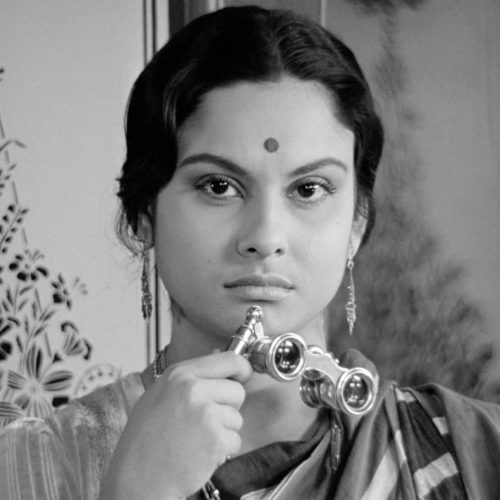
This is, perhaps, one of Satyajit Ray’s most recognisable on-screen characters. With Charulata, the filmmaker puts forth the nuanced study of a lonely, intellectually-inclined woman. Surrounded by worldly comforts but mostly ignored by her husband (a self-involved newspaper publisher), the eponymous titular character of this film (played by Madhabi Mukherjee) yearns for cerebral and emotional companionship as she navigates her unfulfilled yearnings. Charulata is an exploration of female desire, shedding light on the emotions and inner workings of its lead character. Director Satyajit Ray treats his subject matter with the delicate nuance, respect, and complexity it deserves.
Aranyer Din Ratri [Days and Nights in the Forest, 1970]
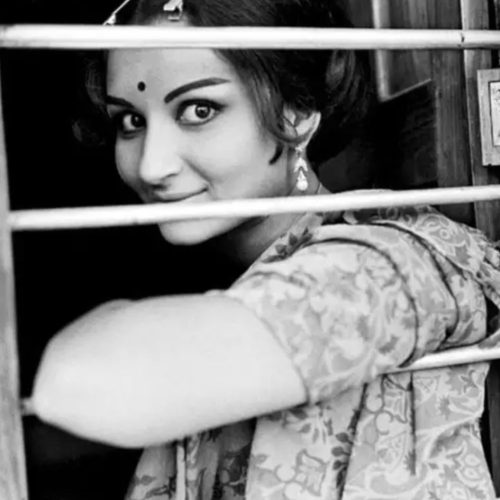
Based on a Bengali novel by Sunil Gangopadhyay, the lyrical, meandering storyline of this film traces the changes a group of friends undergo as they leave the city behind and venture into the forest for a holiday. Amongst the many characters of the film is Aparna (played by Sharmila Tagore), who comes across as well-read, intelligent, and poised. She intrigues her male counterparts, and at times baffles them. The film put forth a series of female characters who challenged the norm of how women were portrayed on-screen at the time—women who were comfortable with their sexuality and not afraid to experiment (a concept quite alien to mainstream Indian cinema of the time).
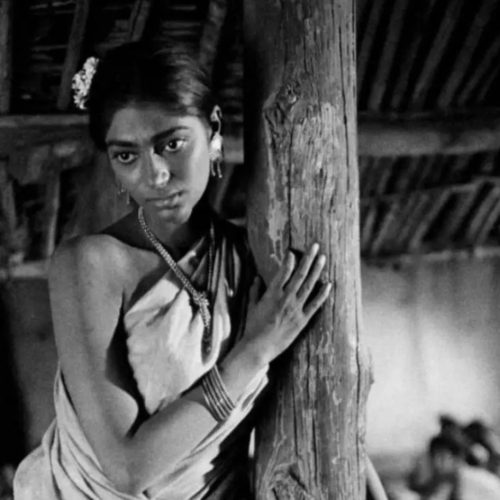
Ghare-Baire [The Home and the World, 1984]
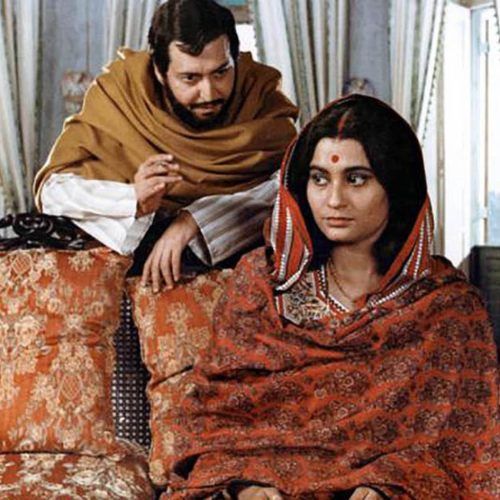
Set against the backdrop of the Swadeshi movement, Ghare-Baire portrays the shifting dynamics within a love triangle. The film follows the story of Bimala (played by Swatilekha Sengupta) and her metamorphosis from a sheltered housewife into a woman who manipulates social and political undercurrents in the changing world around her. Through Bimala’s character, the filmmaker sheds light on the societal restrictions imposed on women of the time, as well as the inner struggle that accompanies their quest for emancipation.
READ MORE
- The Word. and Bumble Celebrated An Evening Of Scent, Sparks, and Mutual Connections
- How The Bicester Collection Quietly Became the Fashion Insider’s Best-Kept Shopping Secret
- Gauri Khan, On Her New Experience Centre In Delhi, Her Favourite Spot At Home, and Great Décor Advice
- With IRTH’s New Store in Noida, The Brands Adds To Its Joyful Delights
- Ranbir Kapoor’s New Perfume, ARKS Day, Reminds Him of His Childhood





